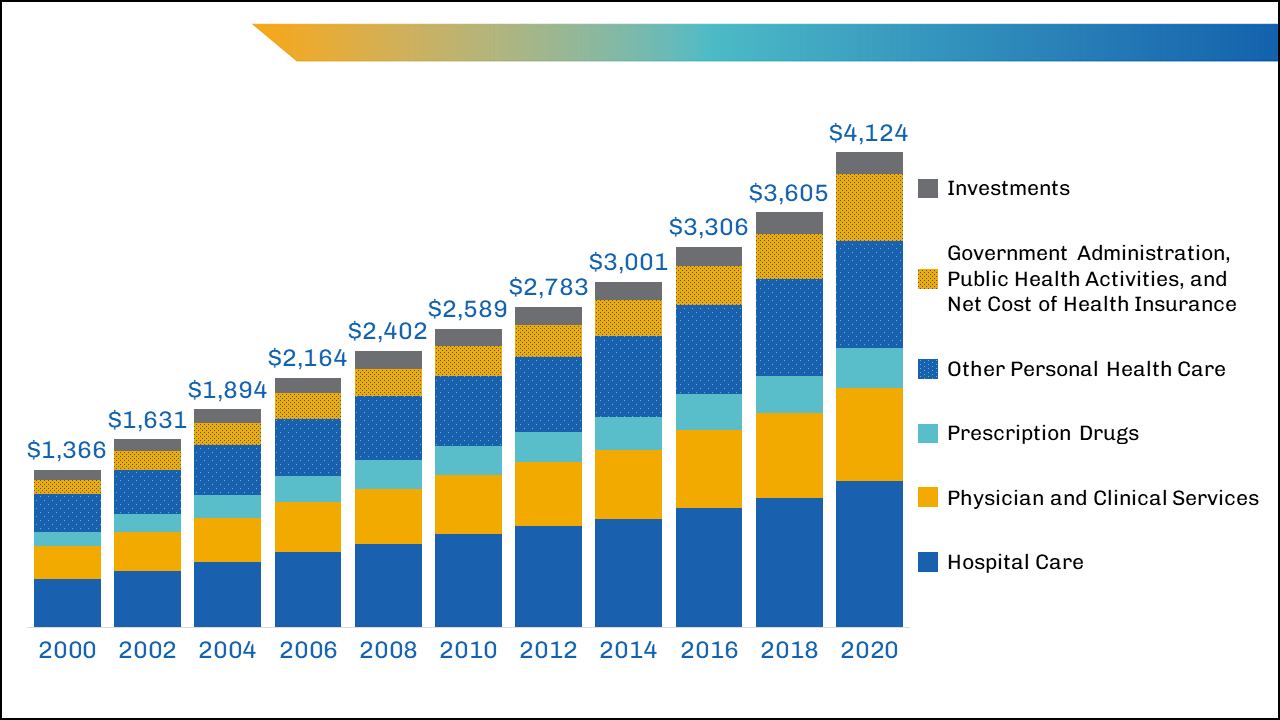Comprehensive Healthcare RCM for Improving Client Invoicing and Repayments
Comprehensive Healthcare RCM for Improving Client Invoicing and Repayments
Blog Article
A Comprehensive Guide on How Healthcare RCM Functions to Improve Payment and Collections
Browsing the intricacies of health care earnings cycle management (RCM) is critical for service providers intending to improve their billing and collections processes. The overview unboxes the details of RCM, from individual registration to receivables administration, offering understandings right into enhancing each action. Integrating advanced modern technology and standardized treatments can considerably decrease case denials and accelerate repayment cycles. Yet, the real difficulty hinges on seamlessly merging these aspects to increase capital. As we check out the core elements and approaches that drive performance, one question stays: exactly how can healthcare entities ideal setting themselves to thrive financially in an ever-evolving market?
Recognizing Earnings Cycle Management
RCM is a vital management function that incorporates the whole financial process of patient care, from the initial consultation establishing to the final repayment of the balance. It is a complicated treatment created to recognize, gather, and manage the profits from the solutions given to individuals.
The RCM process starts when a patient schedules a visit and prolongs via the patient's treatment journey, consisting of payment and collections. A key purpose is to reduce the time in between obtaining and offering a solution settlement, hence enhancing the company's monetary health. RCM includes various functions such as individual enrollment, insurance coverage verification, fee capture, coding, declares submission, settlement posting, and taking care of appeals and rejections.
Trick Components of RCM
In the realm of Income Cycle Management (RCM), comprehending its key elements is essential to attaining financial efficiency within health care organizations. RCM is a thorough process that encompasses different stages, each crucial to making sure reliable invoicing and collections. The main components consist of person registration, insurance verification, cost capture, coding, case entry, payment publishing, and receivable monitoring.

When coded, claims are submitted to payers, where precision is vital to avoid delays or beings rejected - Healthcare RCM. Payment posting involves recording the received repayments, which permits the reconciliation of accounts. Lastly, receivables monitoring concentrates on monitoring and attending to unpaid claims, ensuring prompt follow-up and resolution
Each part of RCM is adjoined, and inefficiencies in any type of part can interrupt the whole cycle. As a result, understanding these elements is necessary for healthcare companies to enhance revenue and boost their economic health.
Approaches for Efficient Billing

Standardizing billing procedures across the company is another key technique. Establishing clear standards for documents, coding, and submission helps keep consistency and conformity with governing demands. Training personnel regularly on these treatments guarantees everyone is current with the most recent modifications in payment codes and payer plans.
Accurate fee capture is important in preventing profits leakage. see page Carrying out regular audits and tracking systems allows for the recognition and correction of inconsistencies before they impact revenue. In addition, preserving open lines of interaction with payers assists to quickly settle any type of disagreements or misunderstandings that might arise.

Finally, appealing clients early in the billing process by supplying clear quotes and academic materials about their monetary responsibilities can considerably decrease complication and enhance payment timeliness. These approaches jointly add to an extra economically healthy and effective billing system.
Enhancing Collections Procedures
A robust collections process is essential for preserving economic stability within health care companies. Given the complexities of clinical billing and the range of payer requirements, boosting the collections process entails executing critical steps that make sure prompt and accurate settlement of services made. Central to this is making use of technology to automate and enhance processes, improving and minimizing manual mistakes performance. Automation tools can assist in tracking insurance claim conditions, sending out prompt reminders to patients, and handling denials extra effectively.
Clear and clear individual communications are vital. Providing in-depth explanations of costs and using adaptable payment strategies can enhance patient contentment and timely payments.
Routine audits of the collections process must be conducted to determine locations for renovation and make certain compliance with regulations. By analyzing data, healthcare organizations can recognize patterns, expect prospective issues, and adapt approaches as necessary (Healthcare RCM). Inevitably, a well-enhanced collections process not just supports monetary health and wellness however likewise adds to a much more seamless experience for people and staff alike
Optimizing Income Streams
Structure upon the structure of a strong collections procedure, medical care companies can better boost their monetary stability by tactically enhancing earnings streams. This involves a Find Out More multi-faceted strategy, beginning with an extensive evaluation of existing profits resources to determine inefficiencies and locations for development. Employing innovative information analytics tools enables companies to acquire insights right into payer mix, person demographics, and solution usage patterns, permitting data-driven decisions that boost income capture.
Executing automated payment systems can substantially decrease mistakes and expedite claims refining, making sure that revenue is accumulated extra effectively. In addition, enhancing payer contracts via regular negotiations can enhance reimbursement prices and terms, straight impacting the bottom line. Expanding service offerings, such as incorporating telehealth or wellness programs, can likewise draw in a more comprehensive individual base, hence boosting profits capacity.
An additional important element is enhancing person interaction and fulfillment, as satisfied clients are more probable to follow therapy strategies and make timely repayments. Offering versatile payment alternatives and clear billing methods can boost collections and foster person loyalty. Healthcare RCM. By adopting these approaches, healthcare companies can create a more durable economic framework, making sure continual development and security in an ever-changing industry landscape
Conclusion
In verdict, health care Profits Cycle Management (RCM) plays an important role in optimizing payment and collections processes by incorporating key components such as client registration, insurance policy verification, charge capture, coding, declares submission, and balance due monitoring. By using advanced modern technology, systematizing procedures, and fostering individual engagement, doctor can significantly minimize claim denials, increase repayment cycles, and boost capital. This thorough strategy to RCM inevitably leads to boosted monetary efficiency and sustainability for medical care organizations.
The RCM process begins when a person timetables a visit and expands via the client's treatment journey, consisting of invoicing and read this article collections.Another crucial component is improving person engagement and satisfaction, as pleased individuals are extra most likely to adhere to treatment plans and make prompt repayments. Offering versatile repayment choices and transparent invoicing methods can improve collections and foster client commitment.In conclusion, medical care Income Cycle Monitoring (RCM) plays a crucial role in maximizing payment and collections procedures by integrating essential elements such as patient enrollment, insurance coverage confirmation, fee capture, coding, declares entry, and accounts receivable monitoring. By employing sophisticated modern technology, standardizing treatments, and cultivating person engagement, health care providers can dramatically reduce claim denials, accelerate payment cycles, and boost cash money flow.
Report this page